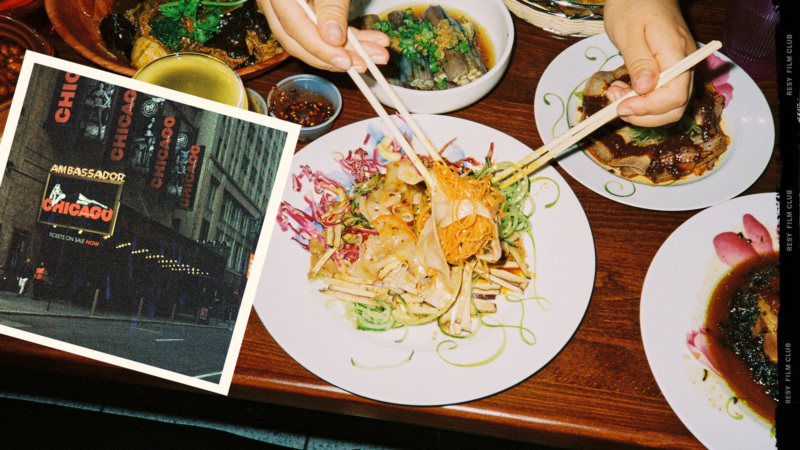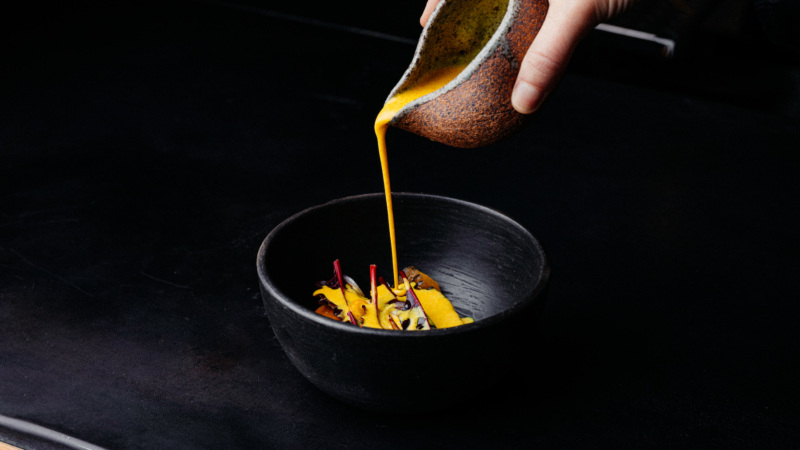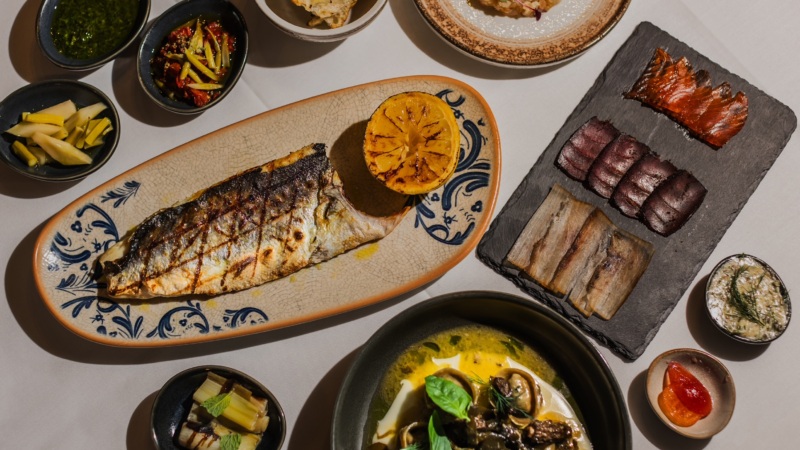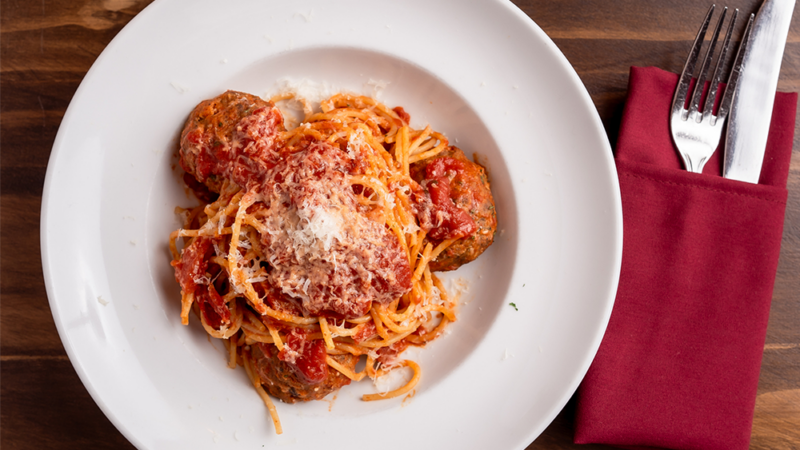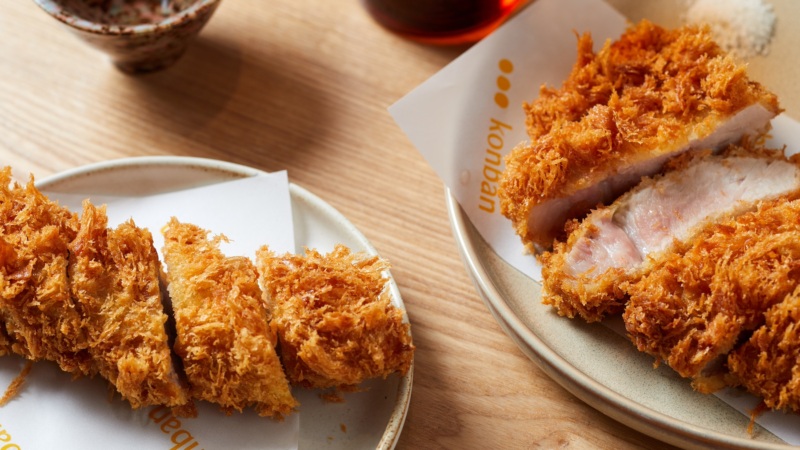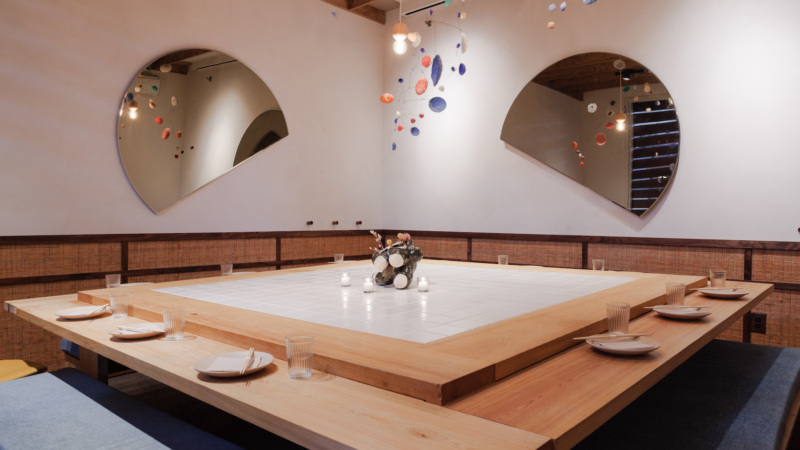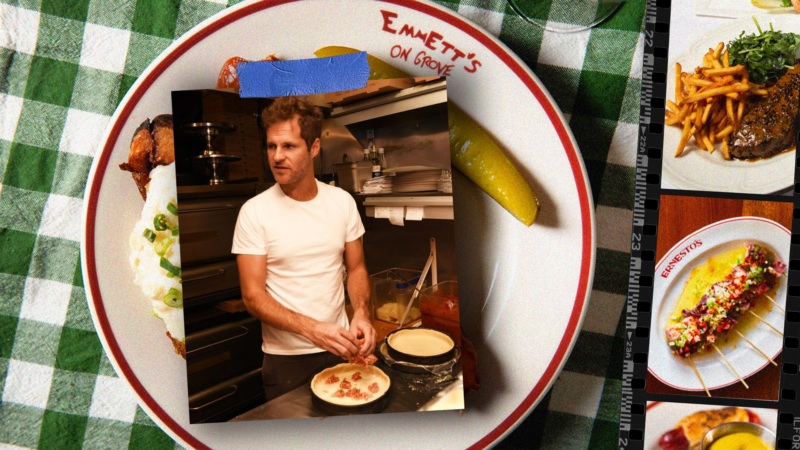
Everything You Need to Know About New York’s Alligator Pear
When we sit down with the team behind Manhattan’s Alligator Pear, executive chef Dominick Lee and co-owners Kevin Doherty and Rehan Alam (Bosco, The Ellington, Tara Rose) are seated around a table, tasting a new cornbread. It’s a brief respite from the relentless tasks and duties associated with opening a new restaurant. The New Orleans-inspired spot, located just steps away from Madison Square Garden, only soft opened a few days ago to friends and family
Alligator Pear itself is a massive undertaking — all three stories of it — and it endeavors to serve a cuisine that’s not all that common in New York, too. Here’s everything you need to know before you go.
Note: Reservations for Alligator Pear will be available on Resy in early August.
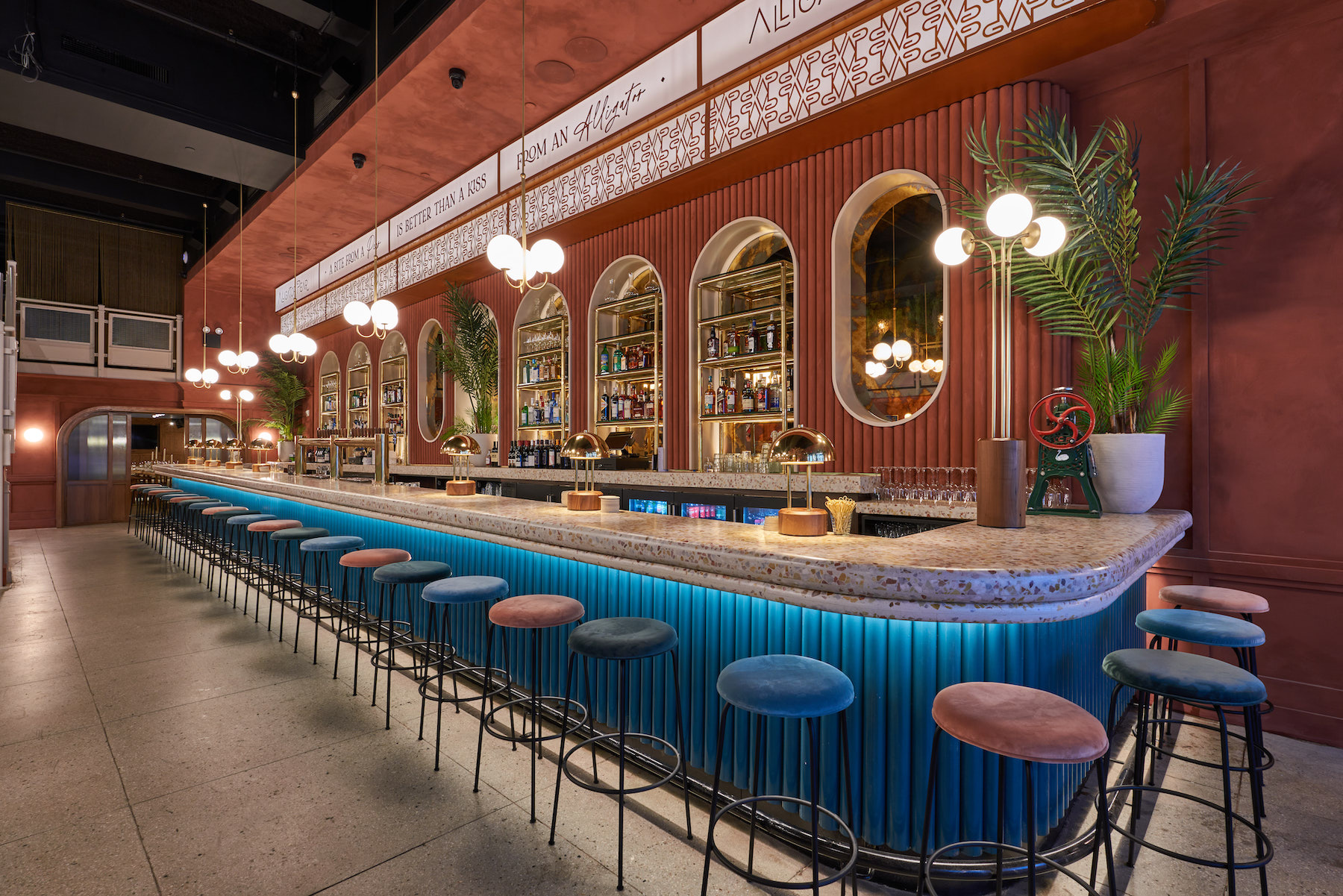
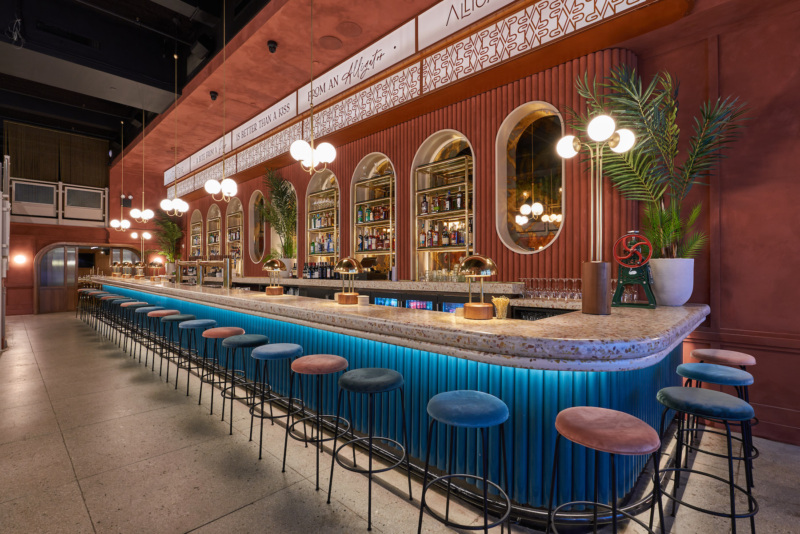
1. First things first, about the name …
The name of the restaurant is a cheeky nod to Southerners who will know that “Alligator Pear” refers to an avocado. And while you won’t find avocados or pears on the menu, you will find alligator in the form of tempura-battered and fried alligator bites served as an appetizer.
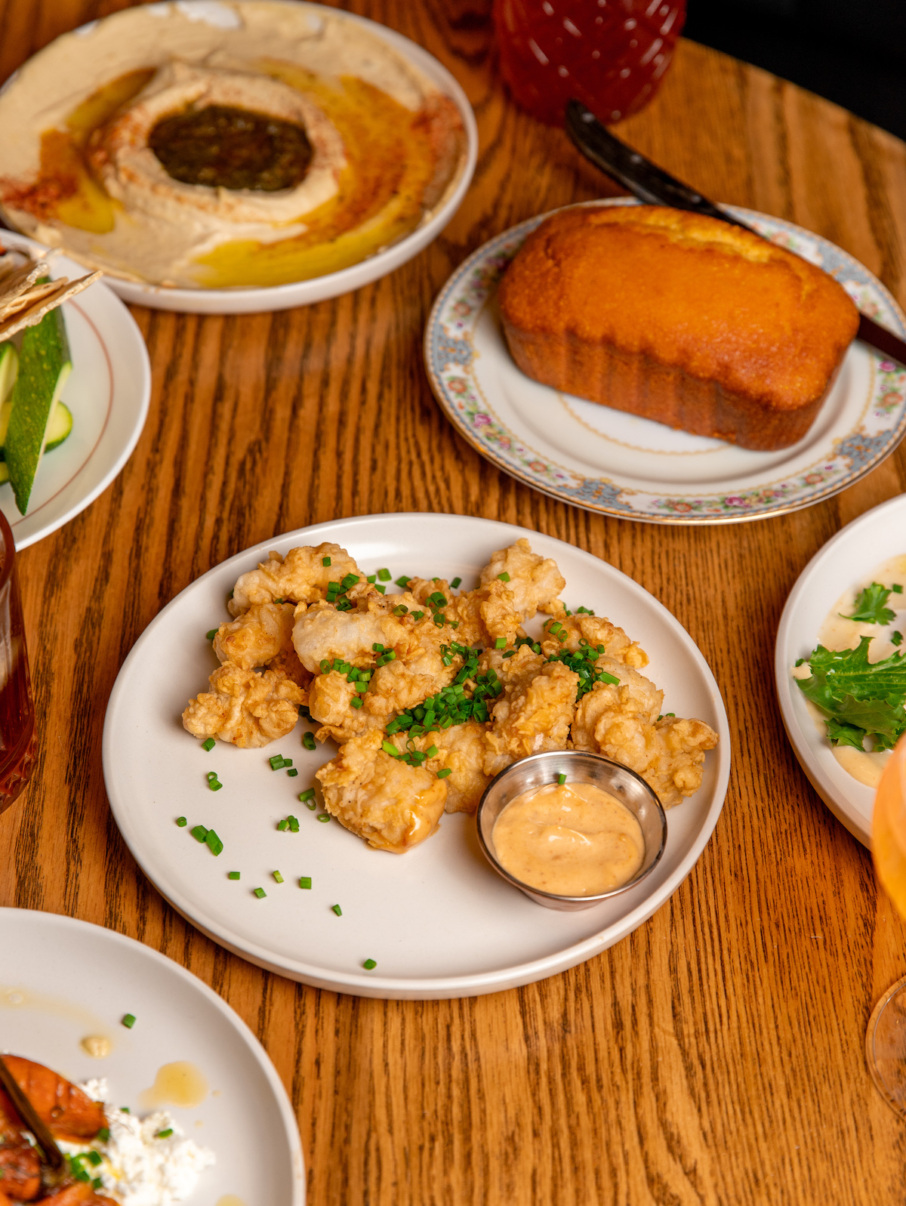
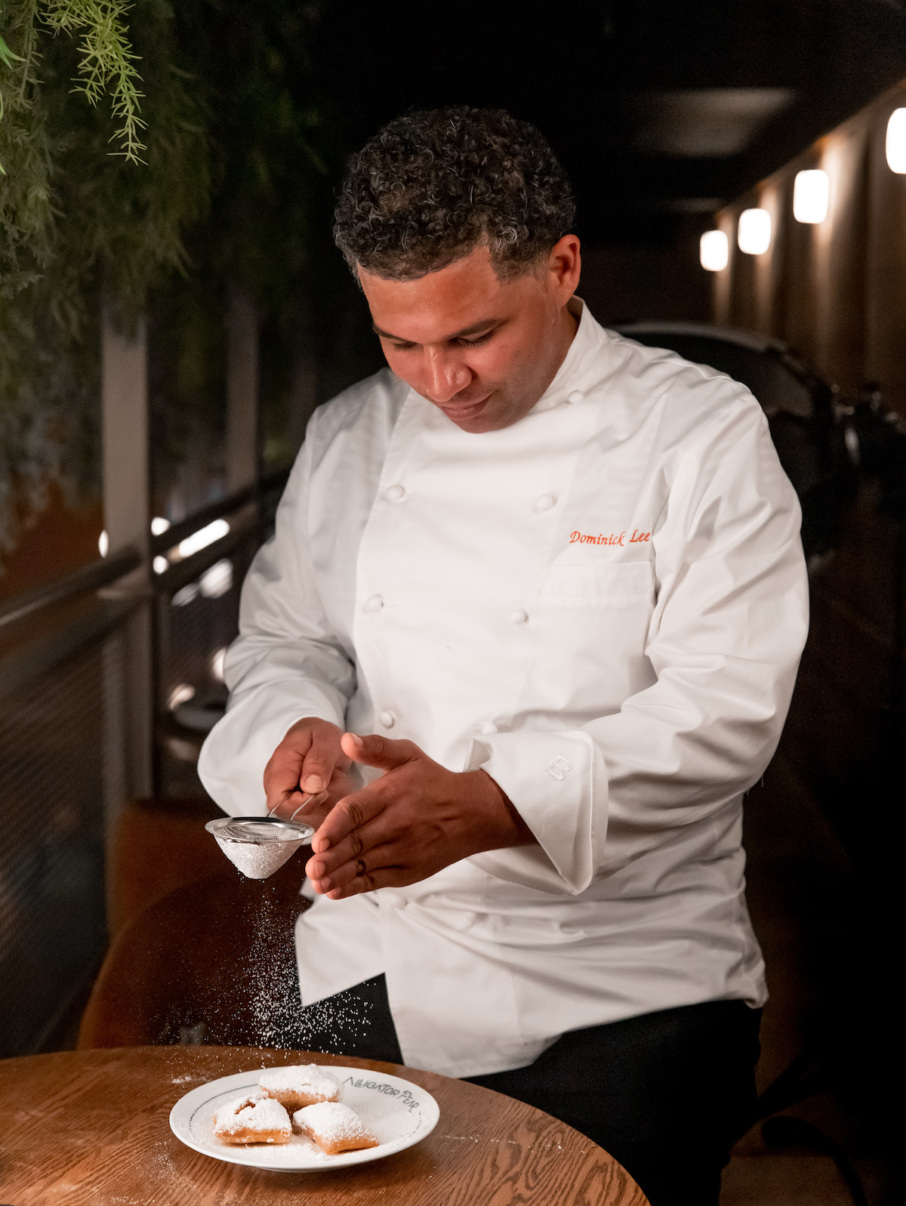
2. For chef Dominick Lee, this is personal.
Alligator Pear chef Dominick Lee was born and raised in New Orleans. He started cooking when he was 18 years old, and he sees Alligator Pear as the perfect opportunity to return to his roots.
“You have to be genuine. Most of the best chefs in the world are making the cuisine of where they’re from. Once you can understand that, then you can do really, really amazing things,” Lee says. “It’s not like you’re trying to be anyone else. You’re just being yourself.”
On the menu, the recipe for Gina’s potato salad especially hits close to home. “That’s my mother’s potato salad,” Lee points out. “It’s something simple, but it tells a story. It represents family and represents my culture. It represents who I am and where I come from.”
The menu spotlights New Orleans-inspired cooking that’s both familiar and new to New Yorkers. Of course, there’s jambalaya on the menu, but there’s also a New York jambalaya featuring local seafood rather than the more traditional crawfish of the Big Easy. The New York strip comes with a sauce of reduced red wine and mushrooms, essentially a marchand de vin, found in nearly every New Orleans steakhouse. There’s also your choice of both savory blue crab or sweet beignets.
“The beignets are super important because I think it transports people directly to New Orleans,” Lee explains. “If you’ve ever been to New Orleans, if you’ve ever been to Cafe Du Monde, you know what it’s like to have that white bag with the sugar in it.” At Alligator Pear, they’re served the same way, brought to your table in that classic white paper bag and drenched in powdered sugar.
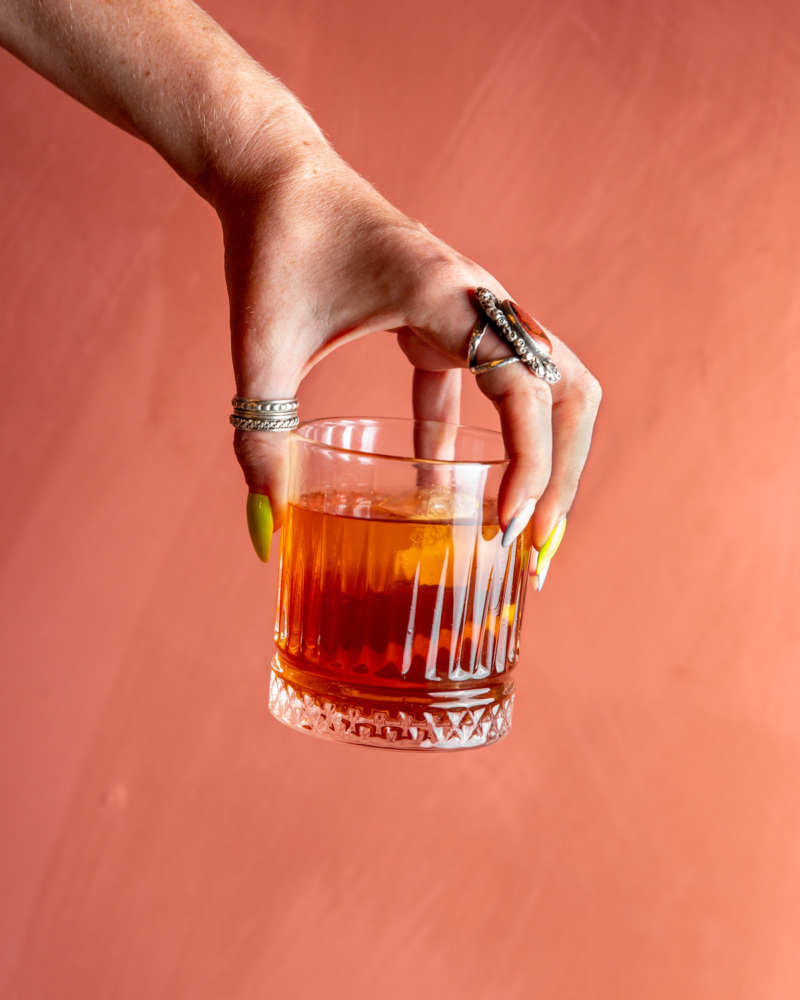

3. This is Frenchman Street, not Bourbon Street.
Anyone who’s ever been to New Orleans has likely heard the old adage; Bourbon Street is for tourists, Frenchman Street is for locals. The team at Alligator Pear says that this restaurant will be Frenchman Street through and through. So, you won’t find plastic cups shaped like grenades or tiny sharks turned upside down to “bleed” into your glasses here.
What you will find are New Orleans classics like the hurricane and Sazerac, both of which come in multiple varieties, as well as mint juleps, Pimm’s cups, and espresso martinis.
“We’ve just made our own twist on all of the drinks,” Doherty says. “The mixology program is old classics, current classics, and then our progression on what we think a more modern day version of that classic is.”
The team also plans on having live music anywhere from three to four nights a week. “For some reason, people hear New Orleans jazz and they think it’s really slow, or background music,” Lee says. “But when you’re in New Orleans, everyone is standing up, dancing and singing, and everyone knows the songs. We’re not a jazz bar. There’s no one here with a massive cello in the background. It’s more of a place where you’re gonna actually know the music, enjoy it, stand up, and sing along with it.”
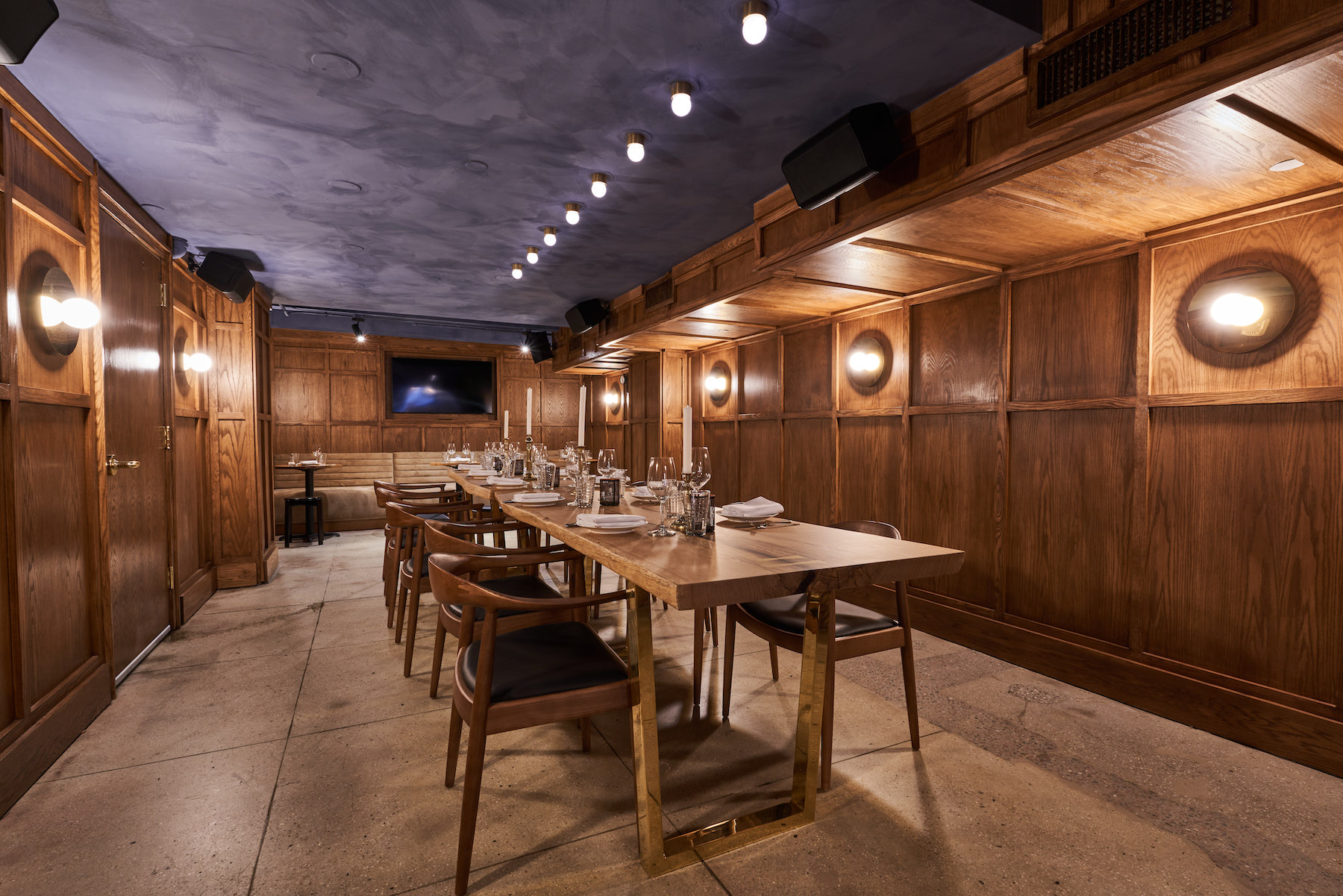
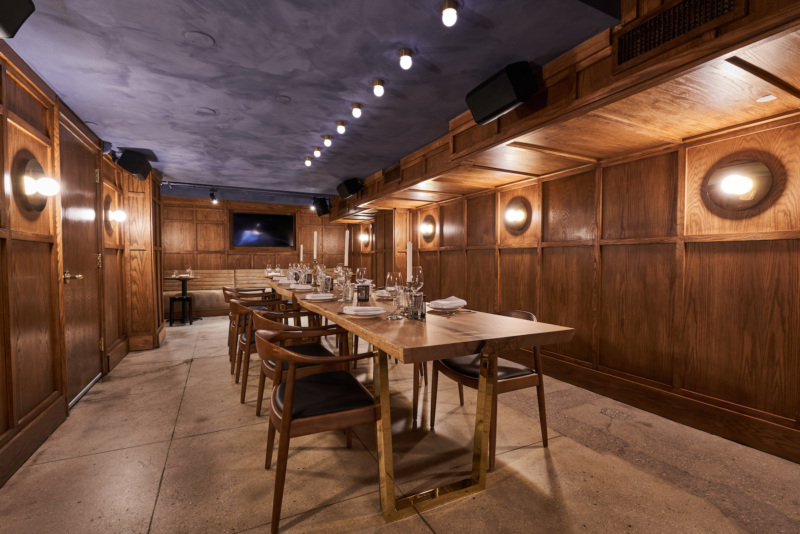
4. You’ve just found the spot for your next event. Or your next solo night at the bar. Or your next date.
The space at Alligator Pear is enormous, with room for 500 people. It’s three floors, and has eight different private rooms, and the team eventually plans to employ 80 staff members once they’re running at their peak.
There are private rooms on the ground floor, second floor, and in the cellar, with capacities ranging from 10 to 150 guests. Some, like The Oak Room, have televisions and A/V capabilities for meetings, while others, like The Upstairs Bar, feature long tables ideal for brunches.
“Last night, we held a wrap party for a movie, and we had 100 people in one of the rooms, but you would never notice that they were here in the rest of the restaurant,” Doherty notes.
Each space in the restaurant has a different feel. “You can come here five nights in a row and have five different experiences,” he adds “You’re not coming here for a seven-course meal. You’re probably going to go to the bar and have some drinks, maybe dance, maybe meet some people, maybe listen to some music. It’s not just a place for dinners. It’s also a base for socializing and meeting people.”
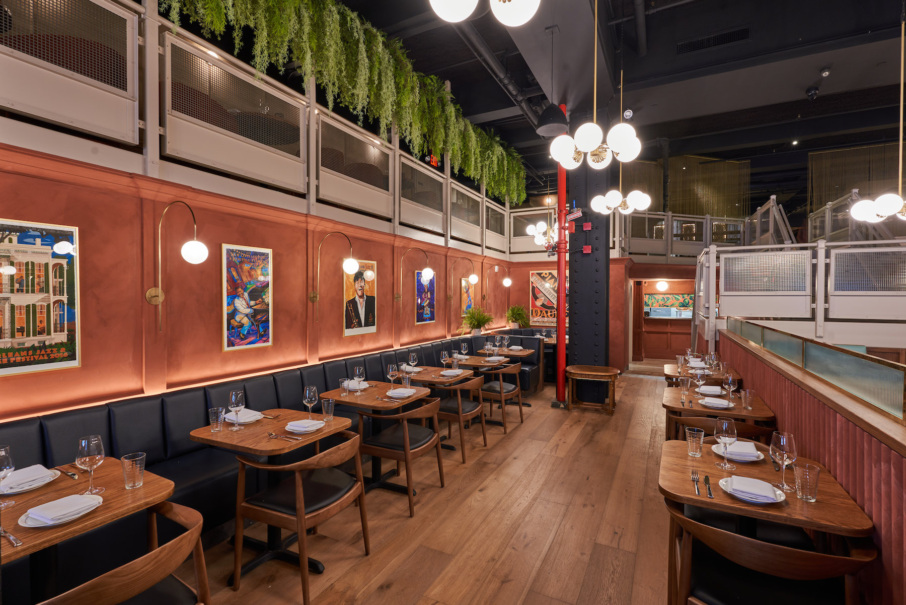
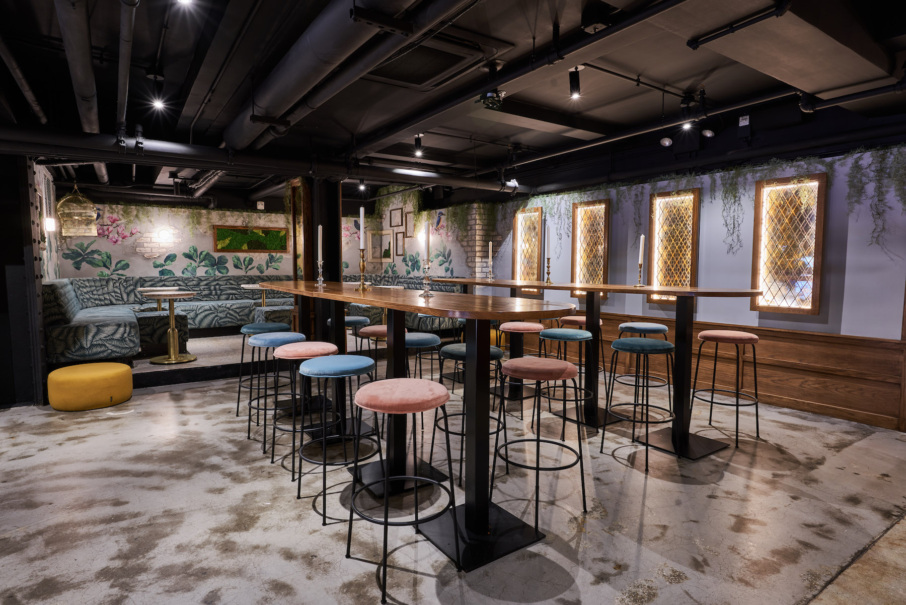
5. Keep an eye on this trio, because there’s definitely more to come.
Doherty, Lee, and Alam have more restaurants in the works. For them, it’s concept first, space second, which is what led to this multi-story spot becoming Alligator Pear at first sight.
Lee and Doherty met seven years ago in Houston, and quickly knew that they wanted to work together in the future. When the space for Alligator Pear came onto Doherty’s radar, Lee was overseas.
“[I called him to say] ‘hey, just a heads up. It’s happening. I found the location for our New Orleans concept. Are you ready to move to New York?’ And he said, ‘Yeah, first plane? I’ll see you tomorrow,” Doherty recalls.
Over the next year, they hope to open two more restaurants. And over the next five years? At least 10, all with different cuisine styles and concepts. Lee spent two years during the pandemic working in Italy, so an Italian restaurant is forthcoming. There’s also a higher-end Irish concept in the works, the brainchild of Doherty.
The only thing you won’t see, however? “I will never do an Irish sports bar,” Doherty says. “[But], I think we’re going to try lots of different ones. We’re just hospitality heavy with a really solid food and drink culture.”
Alligator Pear is open Tuesday through Saturday, from 4 p.m. until 1 a.m. The kitchen stays open until 10 p.m. They’re still in soft opening for now, but plan to have their grand opening toward the end of August and into early September, when they’ll be open seven days a week for brunch, lunch, and dinner. Reservations are available for parties up to six on Resy starting in early August.
Ellie Plass is a freelance writer based in Brooklyn. Follow her on Instagram and Twitter. Follow Resy, too.







